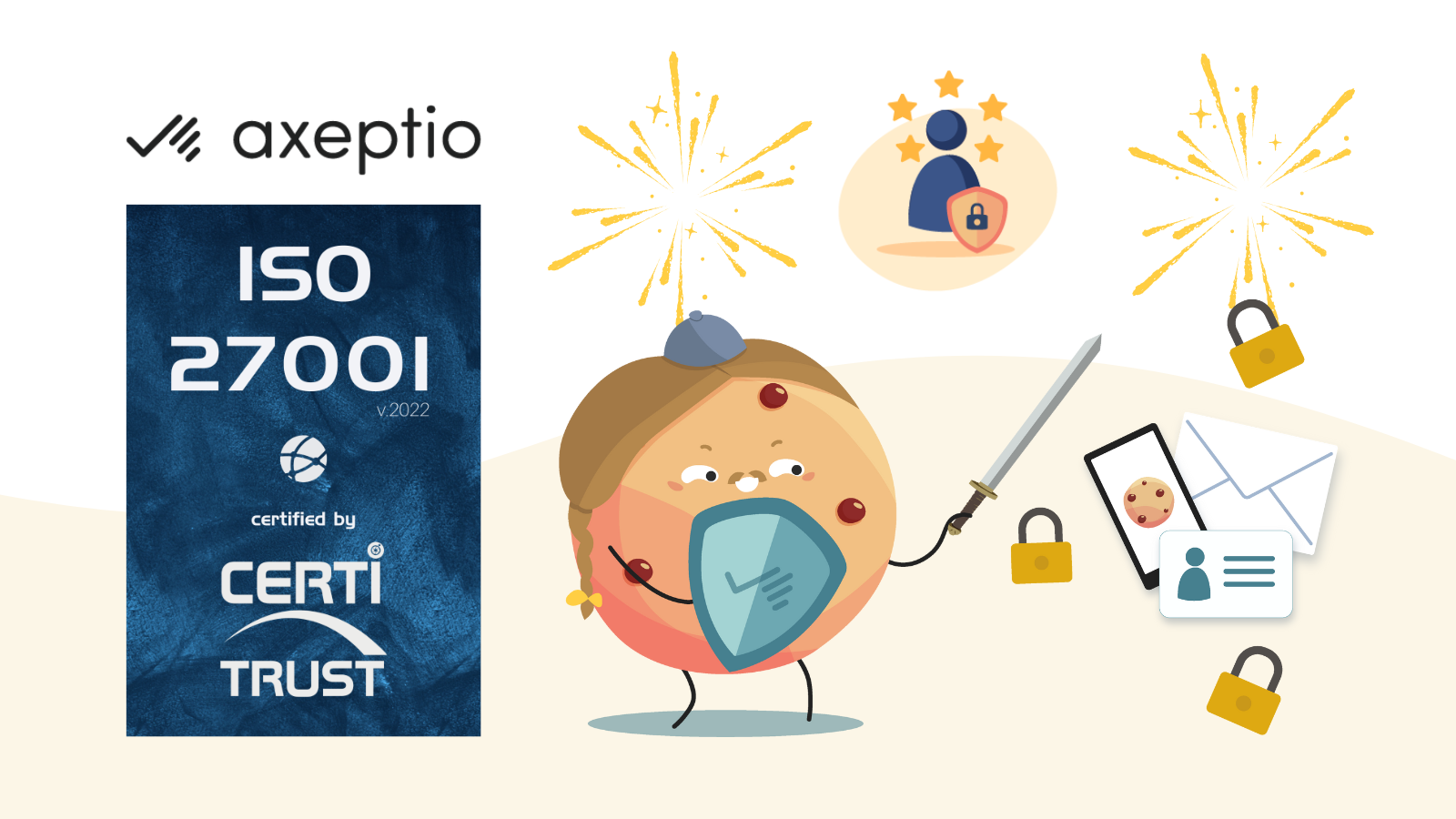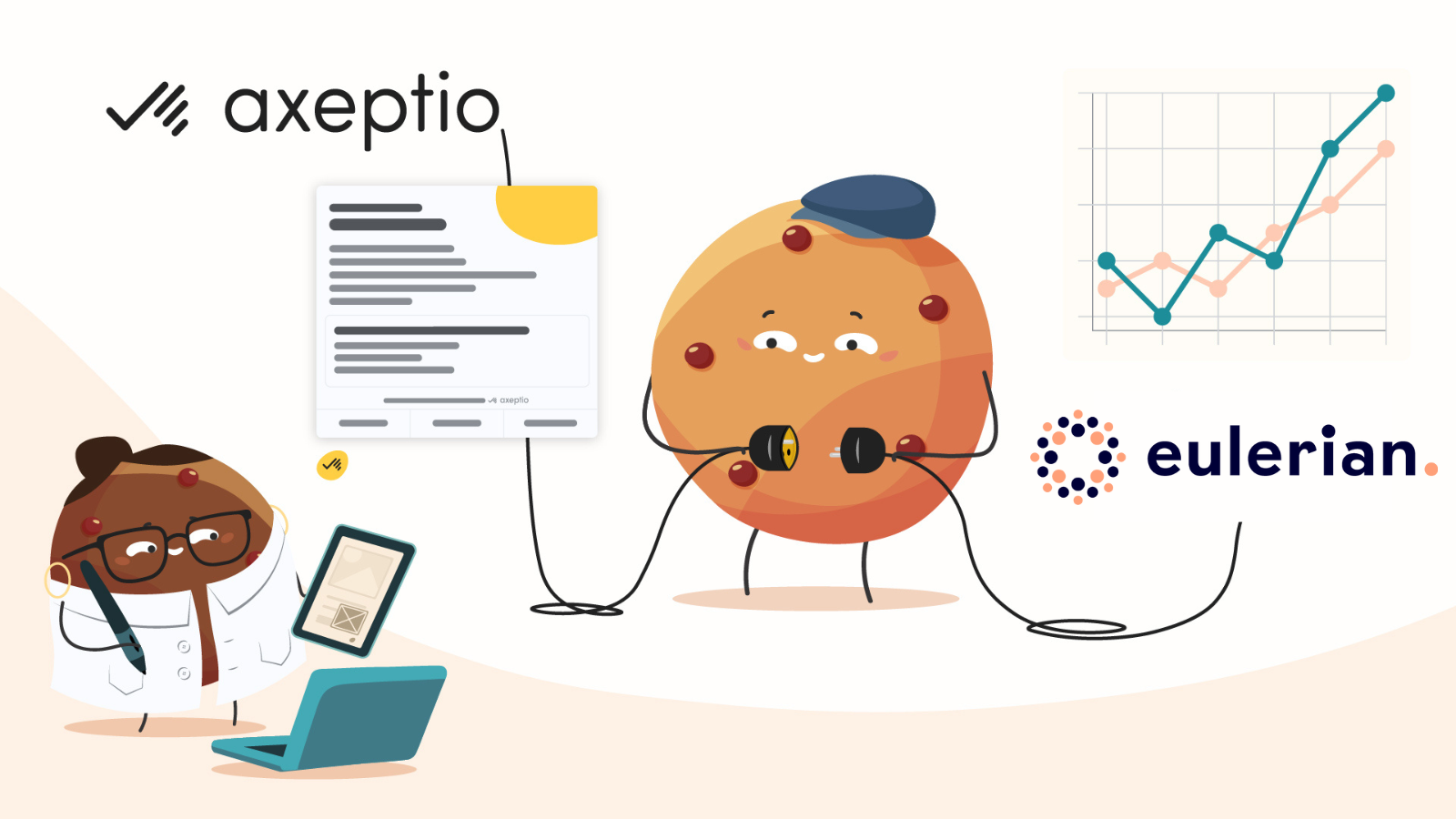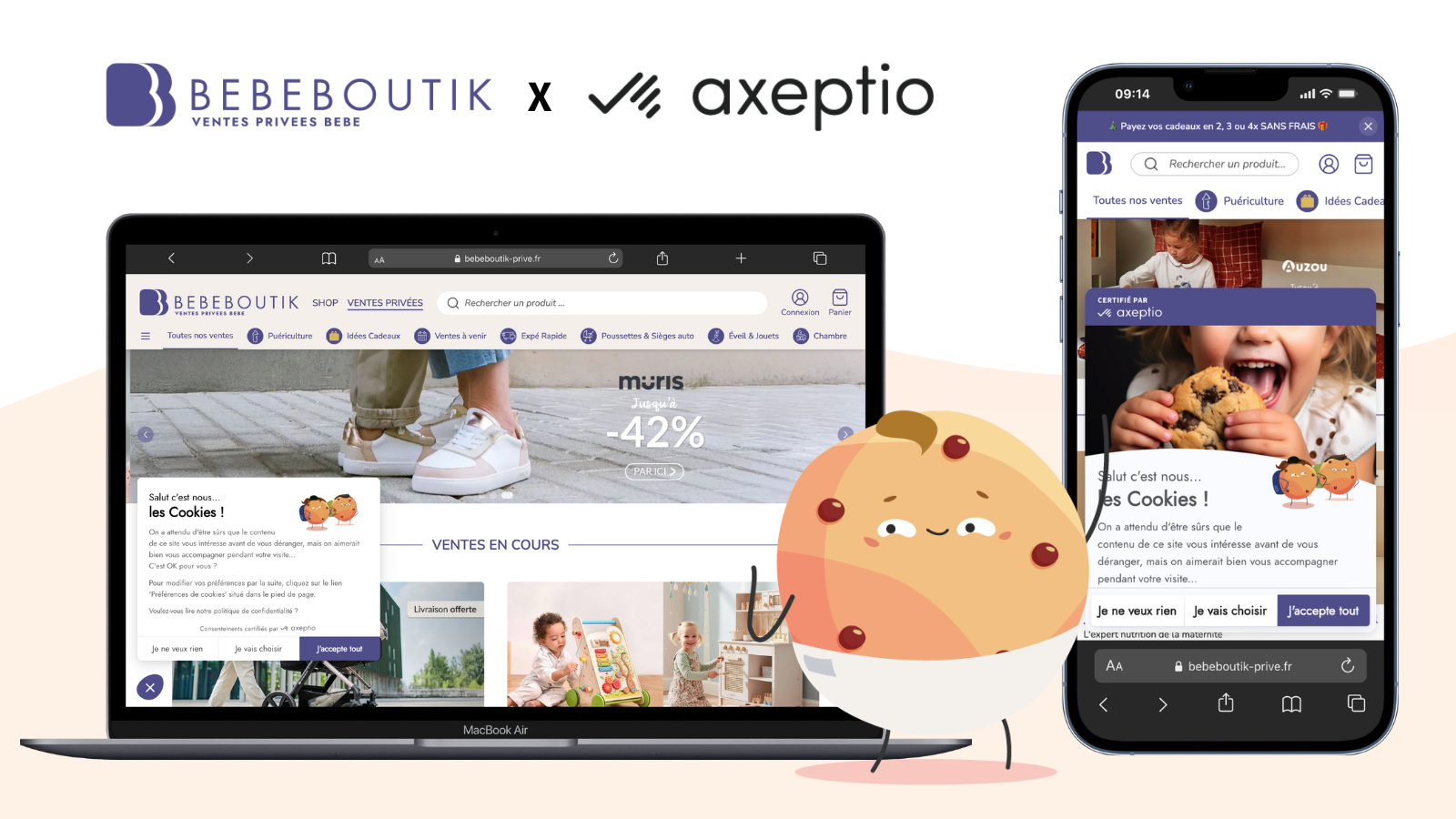Optimizing cookie banners on a website isn't just a matter of design or customer experience—it's fundamentally a compliance issue. For consent to be valid, it must be given freely, meaning users must be able to refuse trackers just as easily as they accept them. However, certain practices designed to obscure or minimize the refusal option remain common and can constitute "dark patterns," potentially subject to sanctions. Here’s our analysis and recommended best practices.

Design and Consent: What the Law Says
The GDPR requires user consent to be informed, explicit, and freely given. In the context of CMP settings and cookie banners (widgets), this means that the refusal button must be as visible and accessible as the acceptance button, to avoid misleading users.
Last December, the CNIL issued warnings to several website publishers regarding "misleading" cookie banners. Among the practices identified were:
- Making the refusal button less visible than the acceptance button, using color, size, or contrast, thus making it more difficult to access.
- Embedding the refusal option within a block of text, hidden among other information, making it hard to identify.
- Placing the refusal option in an unintuitive or isolated position, far from the acceptance button.
- Repeating the acceptance button multiple times in the banner, whereas the refusal option is mentioned only once with unclear wording.
These practices can be categorized as "dark patterns," aiming to subconsciously influence users toward cookie acceptance. As early as 2023, the EDPB (European Data Protection Board) reminded that consent obtained in such contexts cannot be considered valid.
How Axeptio Supports Your Widget Compliance
At Axeptio, we designed our widget to comply with regulatory requirements while enabling companies and publishers to personalize it and provide a smooth and transparent user experience. By default, our solution presents three consent buttons displayed at the same level, ensuring perfect fairness among available choices:
- Accept (Yes / OK for me)
- Refuse (No thanks)
- Customize choice according to cookie types.
However, we offer clients the possibility to select another configuration including a "Continue without accepting" button. Indeed, this option may be activated depending on specific legal requirements in certain countries, such as Canada, where it remains accepted. Nevertheless, within the European Union, we strongly recommend prominently placing the "No thanks" button at the same level as the acceptance button.
Axeptio remains committed to closely monitoring changes in regulatory authority decisions and will adjust its recommendations accordingly to guarantee flawless compliance for its users.
Need assistance?
These changes aim to provide clear and secure guidance, enabling website publishers to confidently adjust their configurations while fully respecting legal obligations.
Current and future Axeptio users: our team remains at your disposal to help you optimize the compliance of your CMP. For any questions, please contact your Customer Success Manager for a detailed analysis of your design and compliance choices.
See you soon for another Compliance Check-up!






